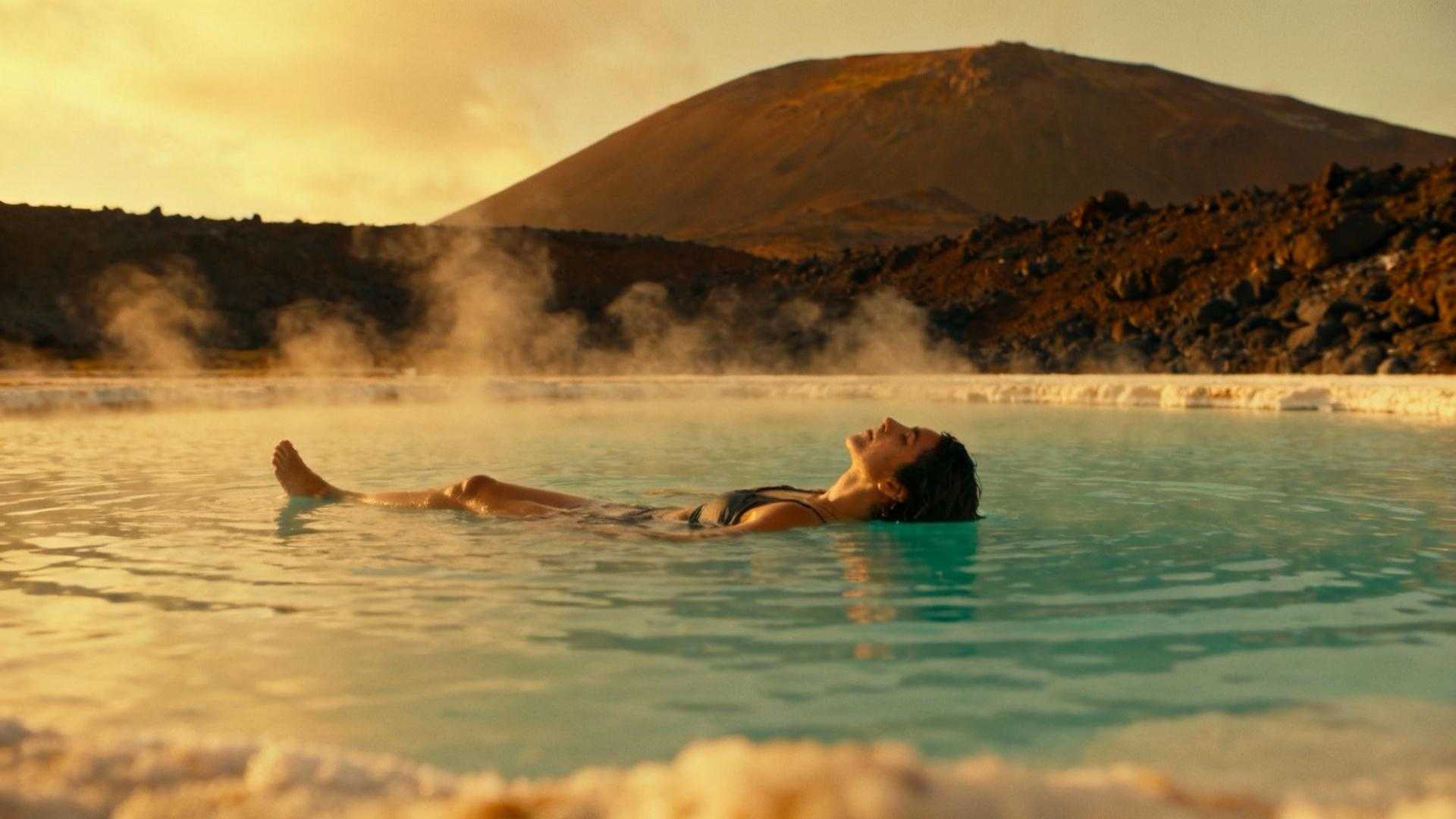The Dead Sea attracts 1.2 million visitors annually, yet most leave frustrated by overcrowding, political tensions, and jaw-dropping prices. Meanwhile, 329 residents in Cape Verde’s volcanic crater village guard a secret that renders the famous saltwater lake obsolete.
Pedra de Lume sits inside an extinct volcano where underground springs create water 26 times saltier than the ocean – nearly identical buoyancy to the Dead Sea but surrounded by dramatic volcanic walls instead of tourist-packed shores. The crater spans just 8.02 square kilometers, creating an intimate floating experience that costs 70% less than Middle Eastern alternatives.
This tiny salt crater village proves that sometimes the world’s most extraordinary experiences hide in the most unexpected places, waiting for travelers bold enough to venture beyond the obvious.
Why the Dead Sea disappoints modern travelers
Overcrowding destroys the therapeutic experience
The Dead Sea’s western shore resembles a chaotic beach resort more than a natural wonder. Tourist buses disgorge hundreds of visitors hourly, creating floating traffic jams where personal space becomes impossible. Photography requires strategic timing to avoid capturing dozens of strangers, and the peaceful meditation promised in brochures vanishes amid constant chatter and splashing.
Political instability creates travel anxiety
Border tensions between Israel, Palestine, and Jordan transform what should be relaxing wellness retreats into stress-inducing logistical nightmares. Security checkpoints, travel advisories, and regional conflicts make many travelers reconsider their plans. Insurance companies often flag Dead Sea trips, adding unexpected costs and paperwork complications that defeat the purpose of therapeutic travel.
The volcanic crater that changes everything
Floating inside an extinct volcano creates unmatched drama
Pedra de Lume’s volcanic crater walls rise 39 meters above the salt lake, creating a natural amphitheater that amplifies every sound and reflection. The geological setting feels otherworldly – you’re literally floating inside Earth’s ancient fury, surrounded by volcanic rock formations that took millennia to create. No flat, featureless horizon here, just dramatic curves and shadows that shift throughout the day.
Underground springs maintain perfect salinity year-round
Unlike surface-dependent salt lakes that fluctuate with weather, Pedra de Lume’s deep underground water sources maintain consistent 26x ocean salinity regardless of season. The volcanic geology creates a natural filtration system that produces therapeutically perfect water without human intervention. Cape Verde’s protected islands preserve these geological wonders through careful environmental stewardship.
The authentic advantages that matter most
Peaceful floating without tourist chaos
Pedra de Lume receives perhaps 50 visitors daily compared to the Dead Sea’s thousands. You’ll often float alone or with just a few other travelers, allowing genuine meditation and therapeutic relaxation. The crater’s natural acoustics create cathedral-like silence broken only by gentle lapping water and occasional bird calls from the rim above.
Cultural immersion beyond wellness tourism
The village’s 18th-century salt harvesting history adds profound cultural depth missing from commercialized Dead Sea resorts. Local guides share stories of Portuguese colonial salt trade and traditional harvesting methods still visible in restored equipment. Authentic cultural experiences like these create meaningful connections beyond surface-level tourism.
The practical benefits that seal the deal
Massive cost savings without compromise
Dead Sea resort packages average $200-400 daily including accommodation, meals, and spa access. Cape Verde offers identical floating experiences plus volcanic drama for under $120 daily, including flights from Europe. The crater entry costs just $5, while Dead Sea beach access often exceeds $30 plus mandatory spa minimums.
October timing creates perfect conditions
Cape Verde’s dry season begins in October, offering 26-28°C temperatures with minimal wind and zero rainfall risk. This timing coincides with post-summer budget recovery for most travelers, making the significant Dead Sea savings even more appealing. Accidental discoveries often happen during shoulder seasons when destinations reveal their authentic character.
Pedra de Lume proves that the world’s best experiences rarely coincide with the most famous destinations. This volcanic crater offers everything the Dead Sea promises – therapeutic floating, mineral-rich waters, and unique geological setting – while delivering authentic cultural immersion and dramatic cost savings.
Sometimes forgetting the obvious choice leads to discovering something infinitely better.
Essential planning information
How do I reach Pedra de Lume from major airports?
Fly into Sal Island’s Amílcar Cabral International Airport, then take a 15-minute taxi ride to Pedra de Lume village. Direct flights operate from London, Lisbon, and Paris, with connections available from North America and Australia through European hubs.
What’s the best time to visit for optimal floating conditions?
October through June offers ideal weather with minimal wind and guaranteed sunshine. Visit early morning (8-10 AM) or late afternoon (4-6 PM) for the most peaceful experience and dramatic lighting on the crater walls.
Can I combine Pedra de Lume with other Cape Verde attractions?
Absolutely. Sal Island offers excellent beaches at Santa Maria, shark watching at Shark Bay, and cultural experiences in Espargos. Many visitors use Sal as a base for island-hopping to explore Cape Verde’s diverse landscapes and cultures.
Is the water safe for people with sensitive skin?
The high salt content makes the water naturally antibacterial and generally safe for most skin conditions. However, avoid floating with open cuts or recent wounds, as the salt concentration will cause significant stinging. Shower facilities are available on-site.
How long should I plan to spend floating in the crater?
Most visitors float for 20-30 minutes maximum due to the intense salt concentration. Longer exposure can cause skin irritation and dehydration. Plan for 2-3 hours total including travel time, floating, showering, and exploring the historical salt works.
